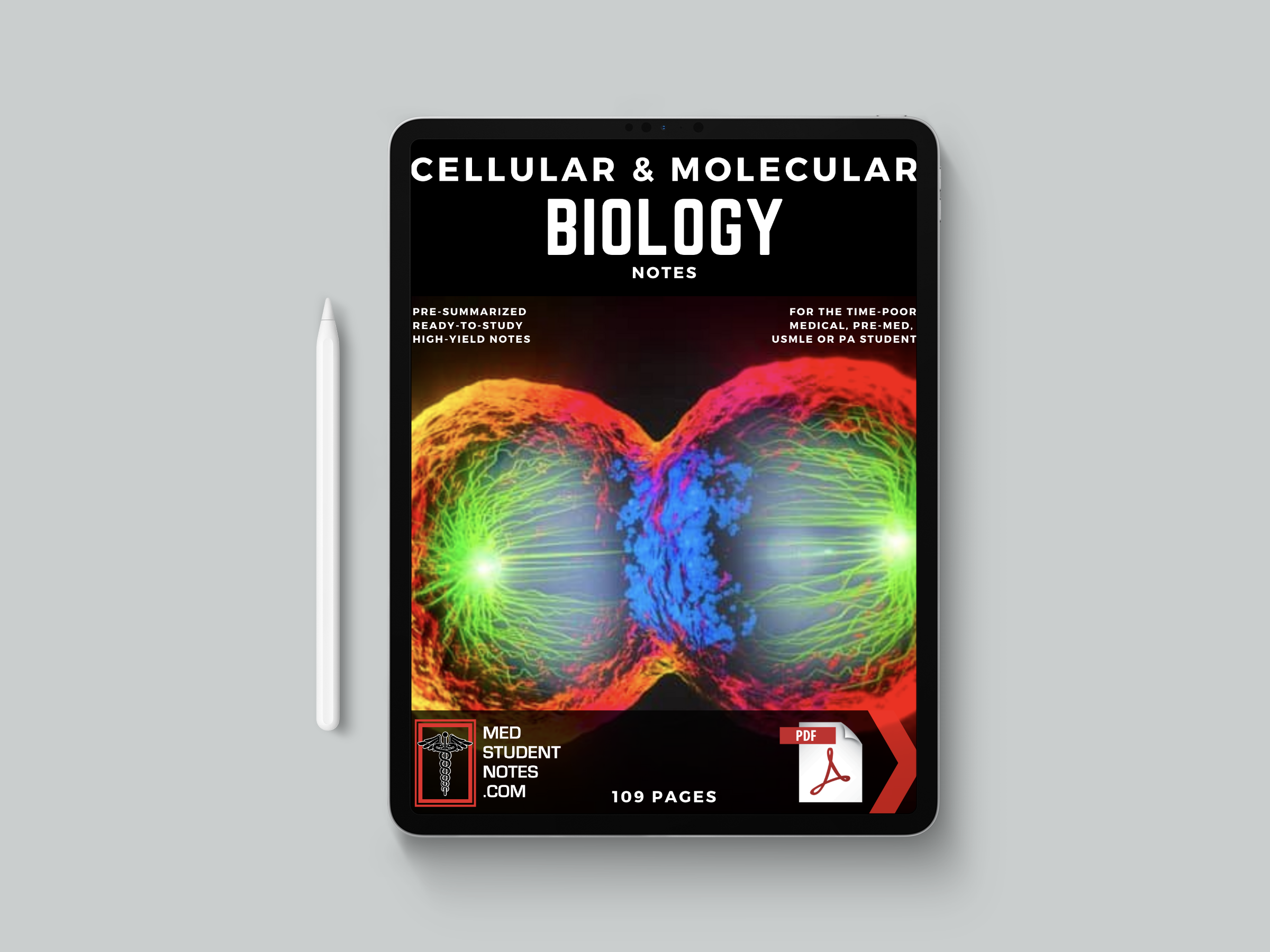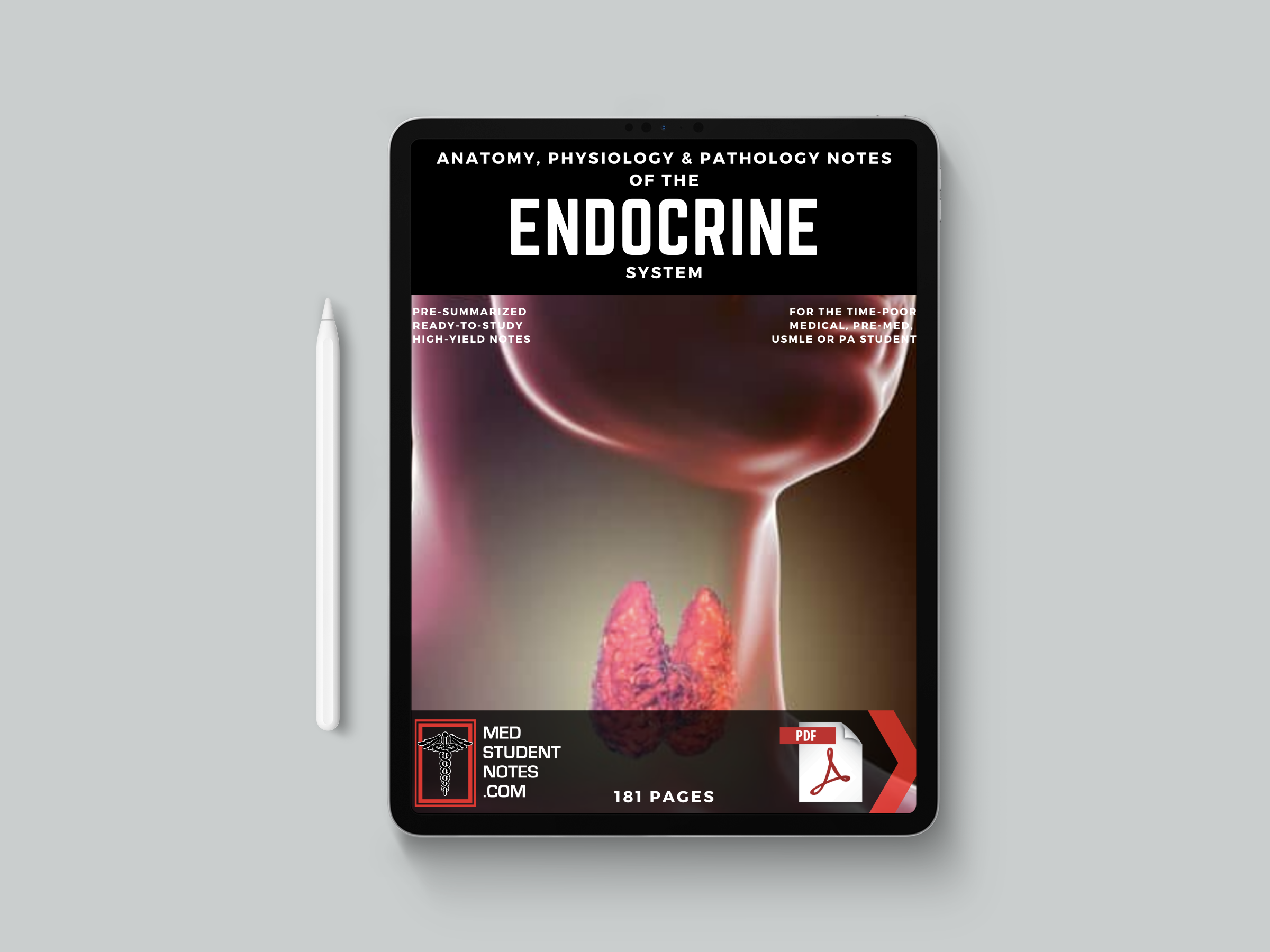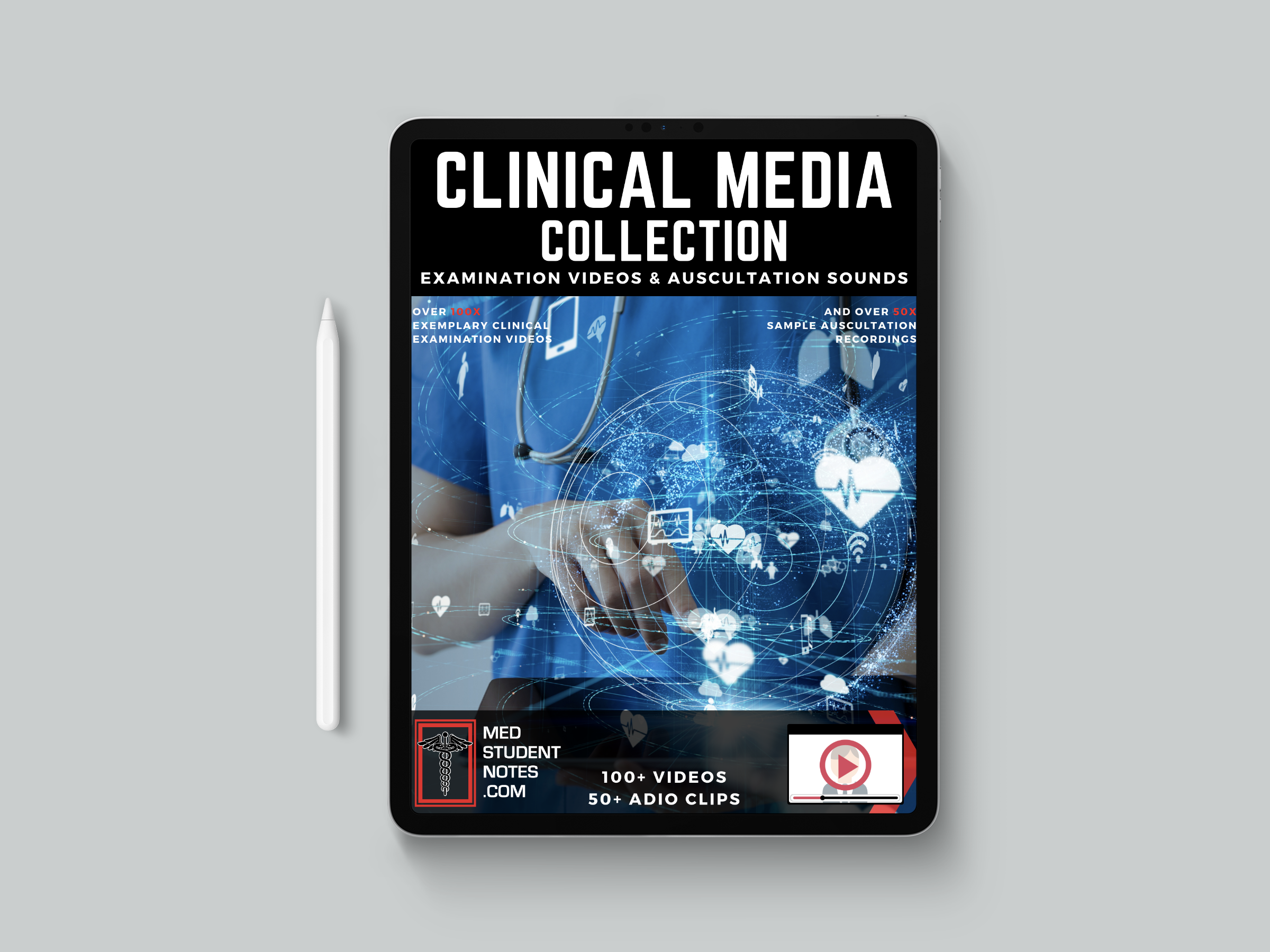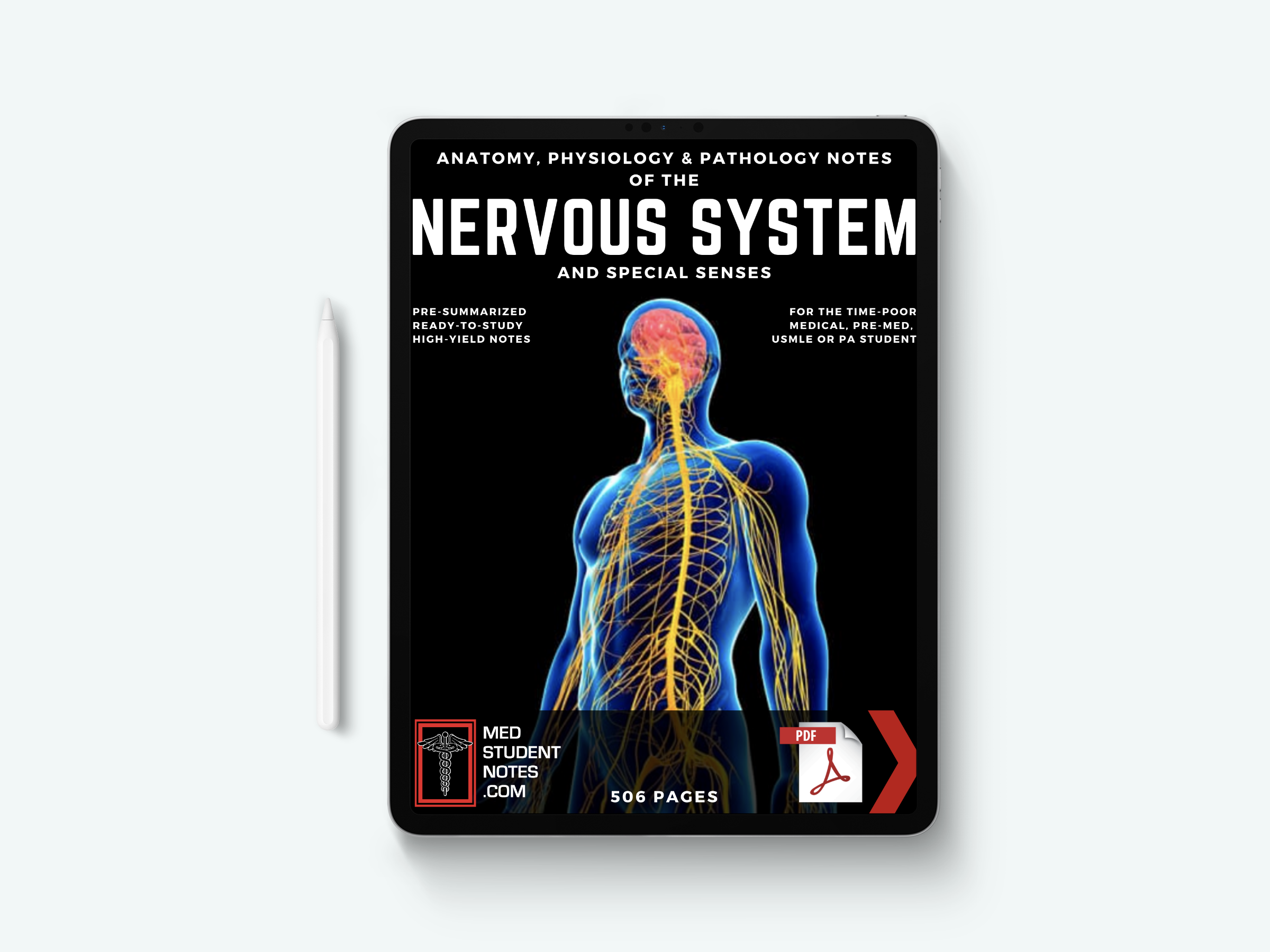Your TV has been letting you down, racing game fans.
You’ve been using a color format known as standard RGB, and it’s not quite capable of modeling all the colors the human eye is capable of seeing. No matter how closely the developer of the Gran Turismo series, Polyphony Digital, came to rendering the real-life cars that appear in its driving simulator, they were never quite perfect — some colors just were beyond the capabilities of technology.
“Over 10 percent of the cars in the real world that have been included in Gran Turismo in the past were actually outside the color range of the sRGB that TVs were compatible with,” said Gran Turismo Producer Kazunori Yamauchi earlier this month at Sony’s PlayStation Experience.
That’s going to change in 2017’s Gran Turismo Sport, Yamauchi explained during a technical briefing at PlayStation Experience. Today, the
PlayStation 4 and PlayStation 4 Pro support
High-Dynamic Range (HDR), increasing the range of usable colors in an image, and “wide color gamut,” which increases the number of colors the screen can produce. Combined, these new technologies produce far more realistic graphics, allowing photographers, videographers, and game designers to recreate even conventional images in a whole new light.
More:
Sony Playstation 4 Pro Review
The easiest example of how HDR and wide color works is an image of a sunset. On a standard set there are, in general, fewer colors, and less contrast between them. The screen can’t display subtle color and brightness variations very well, and it’s stuck rendering a smaller set of colors. HDR and wide color make it possible to see more subtle variations in color (say in the shades of orange in the sunset), and give the display more color capabilities in general. It’s a lot easier to show than to tell.
In other words: Gran Turismo Sport is going to be even prettier than most players expect.
LEARNING, AND CREATING, A NEW TECHNOLOGY
Yamauchi said Polyphony has been looking to take Gran Turismo Sport into HDR and wide color since the developer started working on the game three years ago. To do that, Polyphony had to capture real-world images in HDR and wide color in order to recreate them. It doesn’t sound that crazy except that, at that time, they were entering unprecedented territory.
“Three years ago when we started developing Gran Turismo Sport, there were actually no HDR images anywhere in the world.”
“The world of HDR is something that most of the world hasn’t stepped into. It’s really uncharted territory.” Yamauchi said. “Three years ago when we started developing Gran Turismo Sport, there were actually no HDR images anywhere in the world.”
But the Polyphony team still needed a way to recreate our world in HDR and wide color, so it set about finding a way to do it.
“In order to make the game compatible with HDR, we had to start by developing a camera that can actually capture the world within HDR format,” he said. “As a result, we ended up developing a camera that has 100 times the dynamic range over a standard digital camera today.”
With the new camera, the team was able to shoot images of cars in conditions that showed them how they wanted Gran Turismo Sport to look. They set about developing the game to get that sort of visual fidelity, and in a big way, Polyphony started to revolutionize television and gaming visuals.
During his presentation, Yamauchi showed images from Gran Turismo Sport of cars from manufacturer McLaren, first in sRGB, and then in wide color and HDR. In sRGB, one paint job appeared more orange, but flipped to the HDR image, it was obviously red. The same was true with deep yellows and oranges. In sRGB, Polyphony had no choice but to flub the actual colors of the cars it was trying to recreate. Yamauchi said the majority of the colors McLaren uses for its cars actually fall outside the sRGB range — with Gran Turismo Sport, Polyphony can finally show them as they really are.
Where HDR really shines is in lighting. Much of Yamauchi’s presentation was dedicated to showing how Gran Turismo Sport handles light in different weather conditions. Dramatic images that use a lot of light and contrast, like sunsets, look gorgeous, but subtler things, like how cars look as they pass through different lighting conditions as they move around a track, are also benefiting from HDR to better approximate what you’d see if you watched a real race.
It’s all about producing a greater range of light intensity, or luminosity. On standard TV sets, the range of luminosity the screen could put out went up to about 100 “nits,” Yamauchi explained — a nit is a unit to measure light intensity. Blu-Ray video and HDR movie theaters, by contrast, are going for a range of about 1,000 nits. The TV used in his presentation was capable of a range of about 1,500 nits.
“In order to make the game compatible with HDR, we had to start by developing a camera that can actually capture the world within HDR format.”
Gran Turismo Sport, Yamauchi said, will support a range of up to 10,000 nits, far beyond what even the upcoming crop of TVs’ capability to handle — Polyphony has to wait for TV tech to catch up.
While the
PS4 Pro’s ability to output up to 4K resolution undoubtedly improves the game’s visual fidelity, it’s the realism offered by HDR that seems to make the biggest difference. That said, combining all of these technological capabilities is what creates the best possible picture, and that is only possible on thePS4 Pro.
“As of today, the world of 4K 60-FPS HDR and wide color is something that’s only available on the PS4 Pro,” he said. “It’s something that’s only available to be seen on a game console. So the package media that you’re used to today, the movie theaters and the broadcast media, they’re not going to reach this level for some time to come.”
KEEPING UP WITH PS4 PRO
The good news is that even if you’re not a PS4 Pro owner, you can still tap into some of Gran Turismo Sport’s visual capabilities. HDR and wide color do require new, high-end TV sets to enjoy, but Sony’s update adding HDR support to all PlayStation 4 consoles means that even older PS4s are compatible with the tech. You don’t need a PS4 Pro to enjoy some of the improvements Gran Turismo Sport has to offer, if you’ve got the TV for it.
During the demo, Yamauchi showed a direct comparison between Gran Turismo Sport running on a standard RGB, non-HDR TV, and the game running on a set that supported HDR and wide color. And while there was definitely improvement to be seen, we should point out that the standard version of Gran Turismo Sport is a looker, too.

Still, though, the visual improvements, and all the work that it took to create them, are helping Polyphony reach its overall goal: recreating the real feel of driving.
“What we’ve been doing really hasn’t changed at all since we started with the first Gran Turismo,” Yamauchi said. “For 20 years, we’ve been always aiming toward a single objective, and that was to show beautiful cars, to show beautiful lights, and that objective hasn’t changed since the first Gran Turismo.
“It’s a little bit at a time, but the driving physics has improved over the years, the sounds as well, and the expressions of light have improved. But still, I don’t think we’ve reached the point where we’re able to really represent how fun it is to drive a car yet. But you do get a sense that you are getting much, much closer than we’ve ever been.”































































